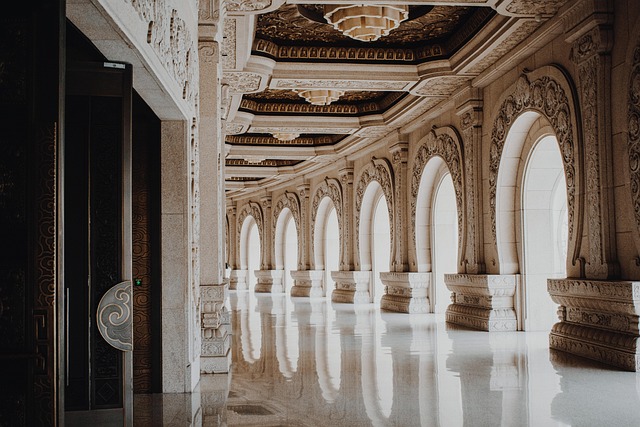In the vast realm of photography, color serves as a powerful tool, capable of transforming a simple image into a captivating work of art. The way colors interact in a photograph can evoke emotions, tell stories, and invite viewers into vibrant worlds. As photographers, we often find ourselves on a quest to harness the true essence of color, exploring how various hues can influence the composition and impact of our images.
When you think about optics, it’s essential to recognize that every lens comes with its own unique characteristics that can alter how color is captured. Different lens coatings and glass types can enhance or distort hues, affecting the final output of a photograph. For example, a prime lens often yields sharper colors compared to a zoom lens due to its ability to minimize light loss. Understanding these subtleties is what makes photography an ongoing adventure.
As we delve deeper into the world of photography, we find that light plays a pivotal role in our relationship with color. The golden hour, that magical time just after sunrise or before sunset, bathes the landscape in a warm, golden glow. Photographers often seek this time not only for the soft shadows it casts but also for the way it enriches colors, making them appear more vibrant and alive. During these moments, every leaf, flower, and distant mountain seems to pulse with energy, inviting the photographer to capture its essence.
Moreover, color can be used as a narrative device. Just think about how cool tones can evoke feelings of calm and serenity, while warm tones can stir excitement or passion. A well-composed photograph takes advantage of these emotional impacts. Simple elements like a bright red scarf against a lush green background can create a striking visual dichotomy that catches the eye and holds it. These details are what draw viewers into our work, creating a connection beyond mere observation.
In addition, the rise of digital photography has revolutionized how we perceive and manipulate color. With powerful editing software at our fingertips, photographers have the ability to enhance color saturation, adjust white balance, and add creative color grading effects. This freedom allows for a deeper exploration of color’s emotional narrative, giving artists the tools to craft an intimate mood or transform a mundane scene into something extraordinary.
Understanding color theory is also crucial for photographers. Composing an image with complementary colors can create a sense of balance, while analogous colors can produce harmony and continuity. The strategic use of color palettes allows photographers to guide the viewer’s eye through the frame, highlighting vital components of the image.
Ultimately, capturing vibrant worlds through the lens is not just about technical prowess or the gear we use; it’s about expressing emotions through our visual storytelling. Our lenses are our brushes, and the colors are our paints. With each click of the camera, we create a tapestry of experiences that can resonate with others. So next time you lift your camera, take a moment to immerse yourself in the colors around you. Challenge yourself to see the world not just as it is, but as a vibrant palette waiting to be explored.




